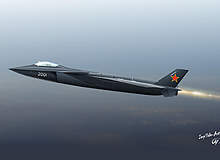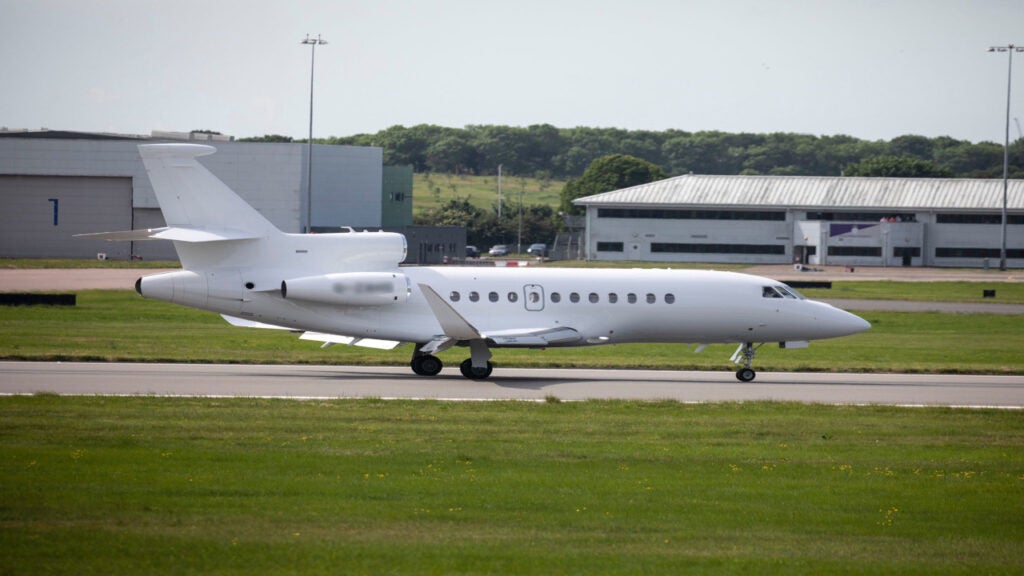

A single-seat, multirole stealth fighter aircraft, the Chengdu J-20 is manufactured by Chengdu Aircraft Industry Group (CAIG) of China.
It is a fifth-generation aircraft being built for the People’s Liberation Army Air Force (PLAAF). Its Nato reporting name is Black Eagle. Two prototypes were developed in November 2010 for aerial and ground testing.
Potential customers of the J-20 are Pakistan, the Middle East, Latin America, South-East Asia and African countries.
Chengdu J-20 design
The J-20 is designed to execute ground attack missions even in hostile environments. The aircraft can reach higher altitudes with its delta wings in supersonic speeds.
It is larger than Sukhoi T-50 and Lockheed Martin F-22 Raptor. The front portion of the prototype looks similar to the F-22 Raptor and the rear section looks like a Sukhoi T-50.
J-20 development
China chose not to participate in the joint development of fifth-generation aircraft by Russia and India as Russia was seen to be more profitable with the Chinese participation. In an effort to build a fifth generation aircraft as competitor to the Russian aircraft, CAIG started the development of the J-20 in late 1990s under the J-XX programme.
Also referred as Project 718, the J-XX programme depicts the development of fourth and fifth-generation aircraft carried for the PLAAF.
CAIG was selected as the prime contractor for the program in August 2008.
The high-speed taxiing testing of the aircraft was conducted in December 2010. The maiden flight was completed in January 2011.
In August 2011, Russia-based MiG denied media speculations of providing its stealth technology to China for Chengdu J-20 fighter aircraft.
China is the third nation to manufacture and execute the flight test of J-20 demonstrator, following the US and Russia. The Chinese J-20 is expected to enter service between 2018 and 2020. Once operational, the J-20 will supersede Su-27sk Flanker-B, Su-30MKK Flanker-G and Su-30MK2 Flanker-G aircraft.
J-20 features
The J-20 will feature a blended fuselage with low radar cross section, low jet engine intakes, canard delta configuration, modern fly-by-wire (FBW) system, diverterless supersonic inlet (DSI), V-shaped tail and tail fins. The FBW system is equipped with a fire control system and engine management system. The active electronically scanned array (AESA) radar will scan the target information and transmit it to the fire control system.
Cockpit
The J-20 will feature a glass cockpit enclosed with a bubble shaped canopy. The cockpit will be fitted with two liquid crystal displays (LCD) and a head up display (HUD). The aircraft can be operated through traditional hands on throttle and stick (HOTAS) system.
Armament
The J-20 will be armed with internal cannon for close range combat missions. It will comprise eight hardpoints and a large belly weapon bay to incorporate long range PL-12C/D and PL-21 air to air missiles (AAM).
The aircraft will also be equipped with two small lateral weapon bays beneath the air inlets to integrate PL-10 short range AAM. It is also expected to be equipped with air to surface missiles, anti-radiation missiles, laser-guided bombs and drop bombs.
Engines
The J-20 prototype is powered by Saturn 117S engines supplied by Russia. Each engine produces 32,000lb of thrust.
The production aircraft will be powered by two WS-10G thrust vectoring turbofan engines each generating 30,000lb of thrust. The engine is being designed and manufactured by Shenyang Liming Aircraft Engine Company. It will feature a single high-pressure turbine, dual low-pressure turbine, annular combustors and compressors.
The WS-10G will be fitted with thrust vector controlled (TVC) nozzles to decrease radar cross section (RCS) and infrared (IR) emissions. The diameter of the engine is 0.95m. The dry weight is 1,494kg.
Landing gear
The aircraft will be fitted with a tricycle-type landing gear comprising a single wheeled nose gear leg and two single wheeled main gear legs. The nose gear will drawback into the cockpit floor upon take-off, while the main gear retract forward into the fuselage section.
Performance
The J-20 can climb at the rate of 304m/s. The maximum speed will be 2,100km/h. The range and service ceiling will be 3,400km and 18,000m respectively.
The Global Military Aircraft Market 2011-2021
This project forms part of our recent analysis and forecasts of the global military aircraft market available from our business information platform Strategic Defence Intelligence. For more information click here or contact us: EMEA: +44 20 7936 6783; Americas: +1 415 439 4914; Asia Pacific: +61 2 9947 9709 or via email.



